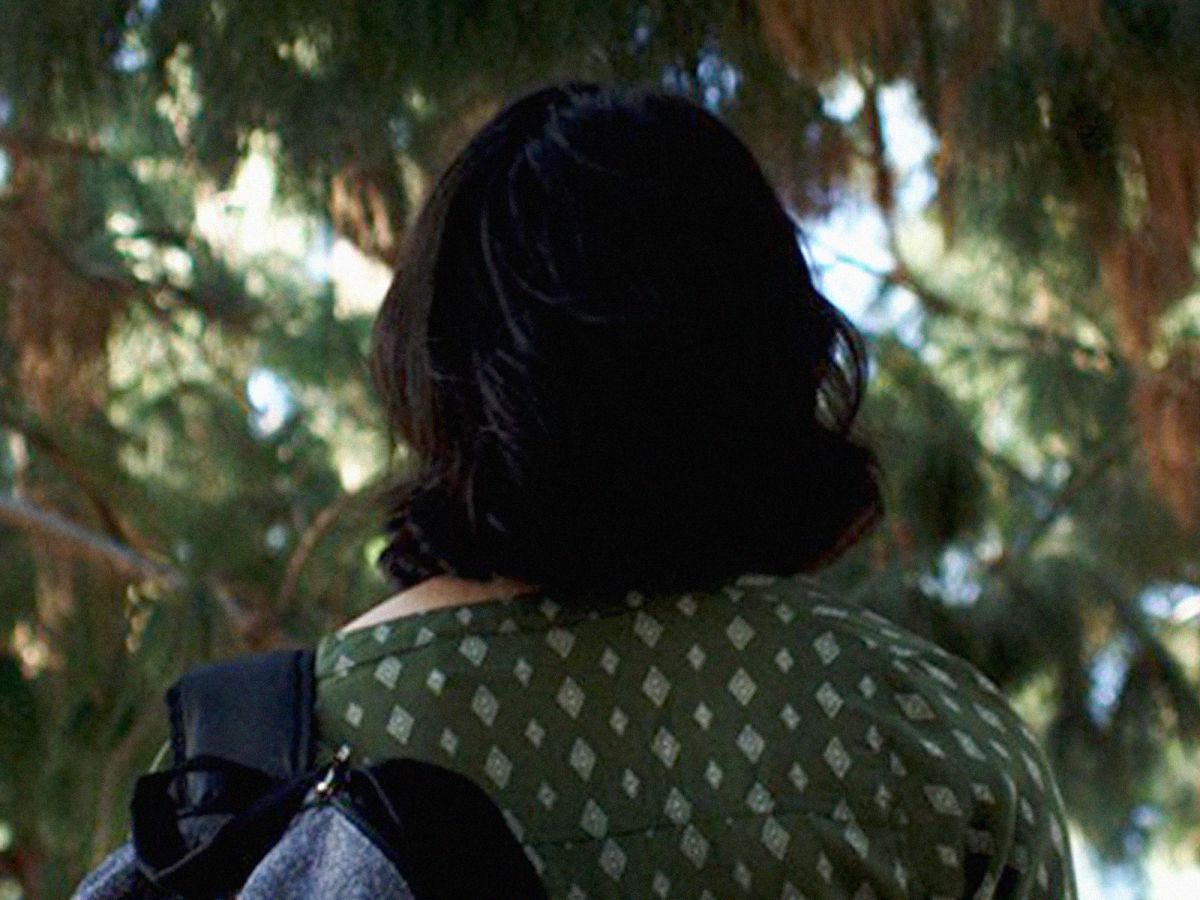This article was last updated on April 16, 2022
Canada: ![]() Oye! Times readers Get FREE $30 to spend on Amazon, Walmart…
Oye! Times readers Get FREE $30 to spend on Amazon, Walmart…
USA: ![]() Oye! Times readers Get FREE $30 to spend on Amazon, Walmart…
Oye! Times readers Get FREE $30 to spend on Amazon, Walmart…

Jane is a student, but she could be anyone. She has friends, participates in college theater, attends her linguistics lecture. At this lecture, the title of the short film comes starkly into focus: disfluencies, her professor intones, are stammers and filler words we use in everyday speech. Jane, like many of us, uses “sorry” as a filler word. Soon, we’ll see that Jane has nothing to apologize for.
The short film Disfluency tells the story of Jane (Libe Berer) who is sexually assaulted by a classmate at a campus party. Her name is an overt reference to the anonymous survivors of rape whose stories we’ll never know, either because they are unable to come forward, or because their experiences are swept under the rug (as too often happens to women of color and LGBTQ+ individuals). RAINN estimates that 11.2% of all college students will become survivors of sexual assault. That number grows to a staggering 23.1% of female undergraduate students. Though some stories do make it into the press, it’s typically because the college’s administration badly mishandled the investigation into the assault investigation. There are many, many survivors who will forever be unknown to us.
Filmmaker Laura Holliday, a Sundance Ignite Fellowship alum, created the short film to cast a light on the effects of sexual assault. When Jane is introduced, she’s a bubbly, if acquiescent student — she constantly apologizes for small things, like bumping into someone or not being in the mood to have sex with the person she’s dating. “You owe me next time,” he says, as though Jane is obligated. Berer portrays Jane as happy-go-lucky and awkward, not unlike most of us at that point in our lives.
At a campus party, Jane acts like your a typical undergraduate student: she drinks, she takes a couple of passes of a joint, she laughs with her friends. And she is assaulted by a male student, someone she’d met previously. The assault scene is brief and not graphic; the camera focuses more on Jane’s alcohol-induced (or date-rape drug-facilitated, it is unclear) haze. The Christmas lights that surround her will appear in her flashbacks of the assault.
Afterward, Jane’s personality is transformed. She’s listless, depressed, and has trouble focusing in school. Her relationships with her friends suffer and she’s unable to tell her mother about the assault. The guy she’s seeing is unable to process why she is triggered during intimate moments. Let’s be honest, this guy is a jerk. Berer’s performance of traumatization is eerily real; we feel Jane’s terror and humiliation when she see her rapist walk around campus.
We also see Jane’s slow and imperfect recovery. After suffering from nightmares of the assault, Jane decides to seek help. She begins by calling her mother and opening up about the assault. Her “sorry” speech fillers become a poignant moment towards the end of the film, when she encourages another faceless young woman not to apologize for being alive. Jane is still struggling with her trauma, but she even makes the choice to seek assistance from law enforcement.
Not all survivors have that option, of course. Their choice to stay silent or their inability to cope does not make them weak, it means that they are human beings with lives, challenges, and their own bottom line. Even though Holliday has written Jane’s character with purposeful anonymity — she’s abstractly representational — we need to be be clear that Jane does not represent all survivors.
The film’s emotional impact is a testament to Berer’s performance; she’s able to emote trauma in a way that feels brutally honest. It’s gratifying to see Jane dispense with her “sorry” disfluency, but we need to remember that not all assault stories have a transformative ending. At the end of the day, survivors are simply trying to survive.
Click HERE to read more.
You can publish this article on your website as long as you provide a link back to this page.

Be the first to comment